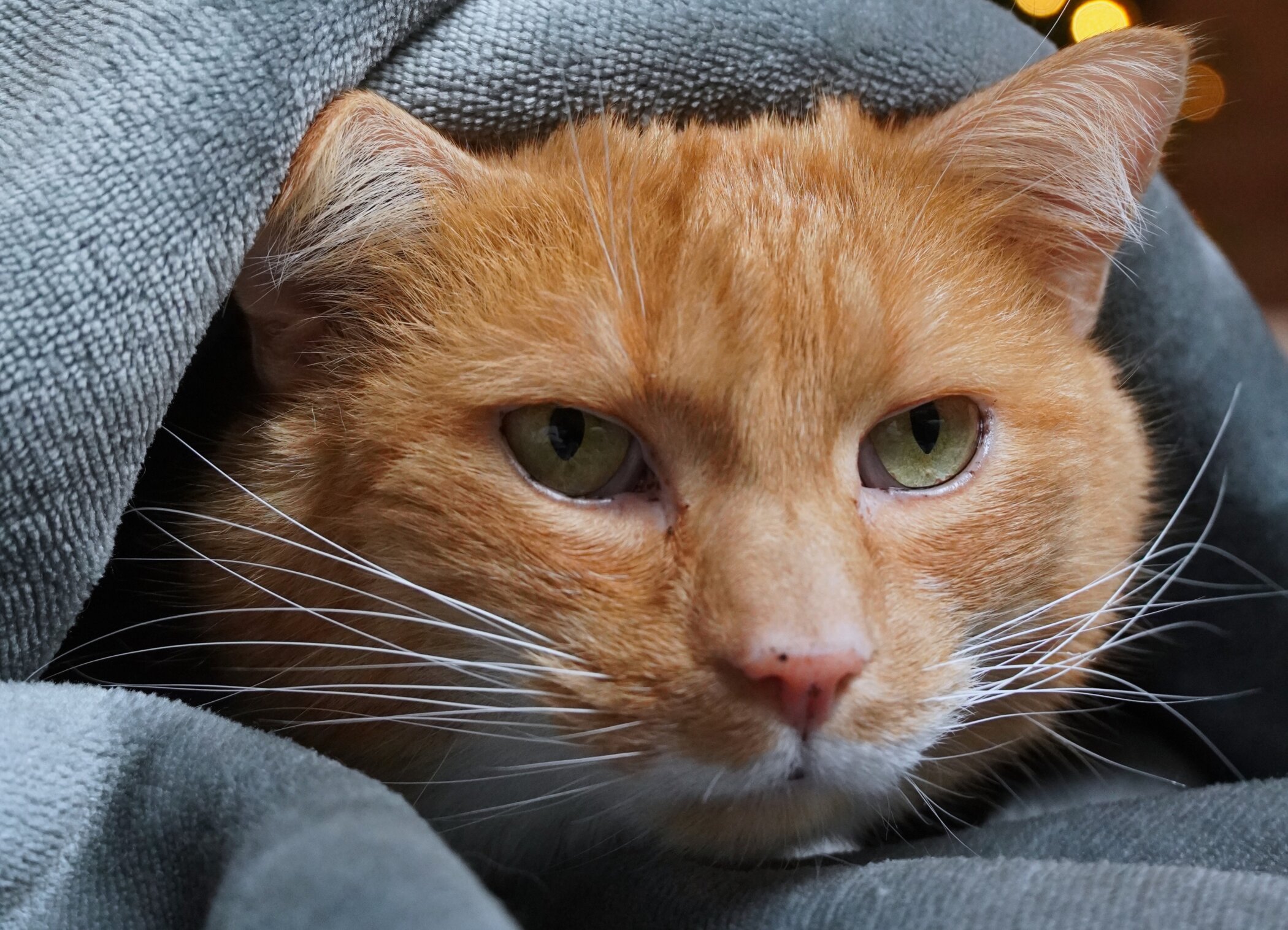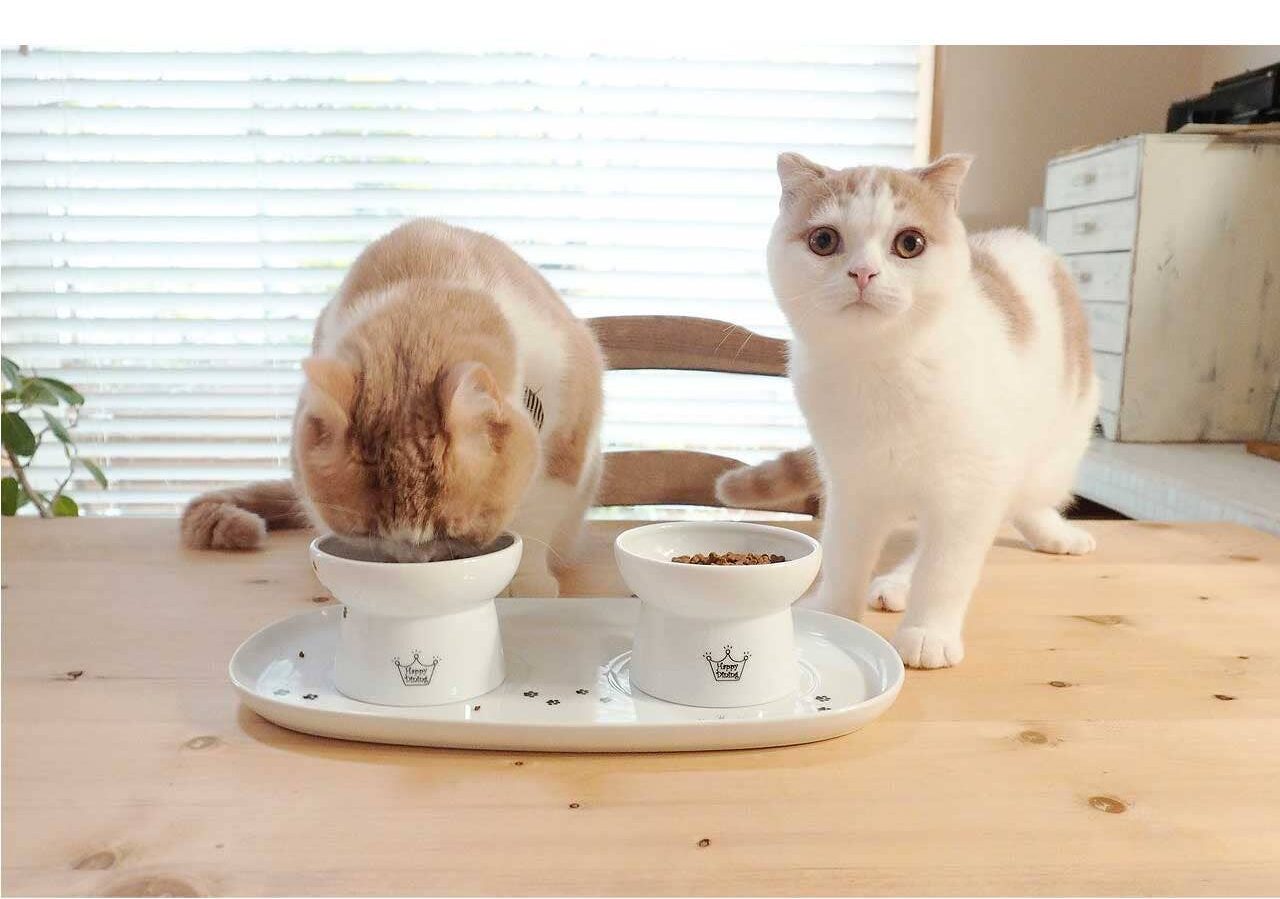How to prevent your pet from swallowing strange things
From children’s toys and rubber ducks, through to underwear and socks, our furry friends can eat some bizarre objects. Some pets accidentally swallow things whilst exploring, but for those pets that consistently eat unusual objects; this condition does in fact have its own name — ‘pica’.
PDSA Vet Nurse Nina Downing says: “Our four-legged family members can be curious creatures, and pooches in particular love to investigate things using their mouth. Siamese and Oriental cats are also especially often pets that show the Pica trait. But objects they happen to swallow can cause life-threatening tears or blockages in their digestive system. Thankfully, there are ways you can prevent these scenarios from happening and let your puss or pooch safely explore their surroundings.
Look for underlying reasons
“Of course, it’s often just a case of curiosity, but our furry companions can have other reasons for chewing everything in sight. If your pet is constantly searching for strange things to eat, check that their diet is a complete, balanced, nutritious and made up of good quality food and that they’re being fed the correct amount, so they’re not being left hungry or craving nutrients that may be lacking. Pets can also get bored easily and end up munching on things to fill their time, which can result in them swallowing something dangerous. Make sure to keep your pet entertained with a variety of toys so they don’t go searching for other objects.
Make playtime safer
“You can reduce the likelihood of your four-legged friend chewing on something dangerous by creating a safe environment for playtime. Provide your pet with suitable, pet-safe toys they can chew on without biting bits off or swallowing them. Supervising your furry friend while they play means you can prevent accidents from happening if you’re quick to intervene.

Remove temptations
“Along with providing pet-safe toys, it’s also important to keep risky objects out of paws’ reach. Take a good look around your home and think about what things your four-legged friend could potentially swallow — keep these items well out of sight and reach. It’s good to get into a habit of keeping your floors clear of any small or dangerous objects your furry companions could get their paws on.
Training
“One of the best things you can do is train your four-legged friend from a young age. It can be as simple as teaching them basic, short commands such as ‘drop’ and ‘leave’ so they don’t end up swallowing something they shouldn’t. Make sure you use reward-based training to help them understand your commands. By rewarding your pet with a treat every time they listen, they’ll want to behave that way again. Repeat the process several times until you’re comfortable that your pet understands and will respond to your command with or without a reward. Make sure they get a treat occasionally to remind them, too!! And if you believe that cats can’t be trained… check out this post!
PDSA is the UK’s largest vet charity. We’re on a mission to improve pet wellbeing through prevention, education and treatment. Support from players of People’s Postcode Lottery helps us reach even more pet owners with vital advice and information. www.pdsa.org.uk
The full range of Necoichi raised bowls and accessory now available @ Katzenworld Shop
We regularly write about all things relating to cats on our Blog Katzenworld!
My partner and I are owned by five cheeky cats that get up to all kinds of mischief that of course, you’ll also be able to find out more about on our Blog
If you are interested in joining us by becoming a regular contributor/guest author do drop us a message @ info@katzenworld.co.uk .
